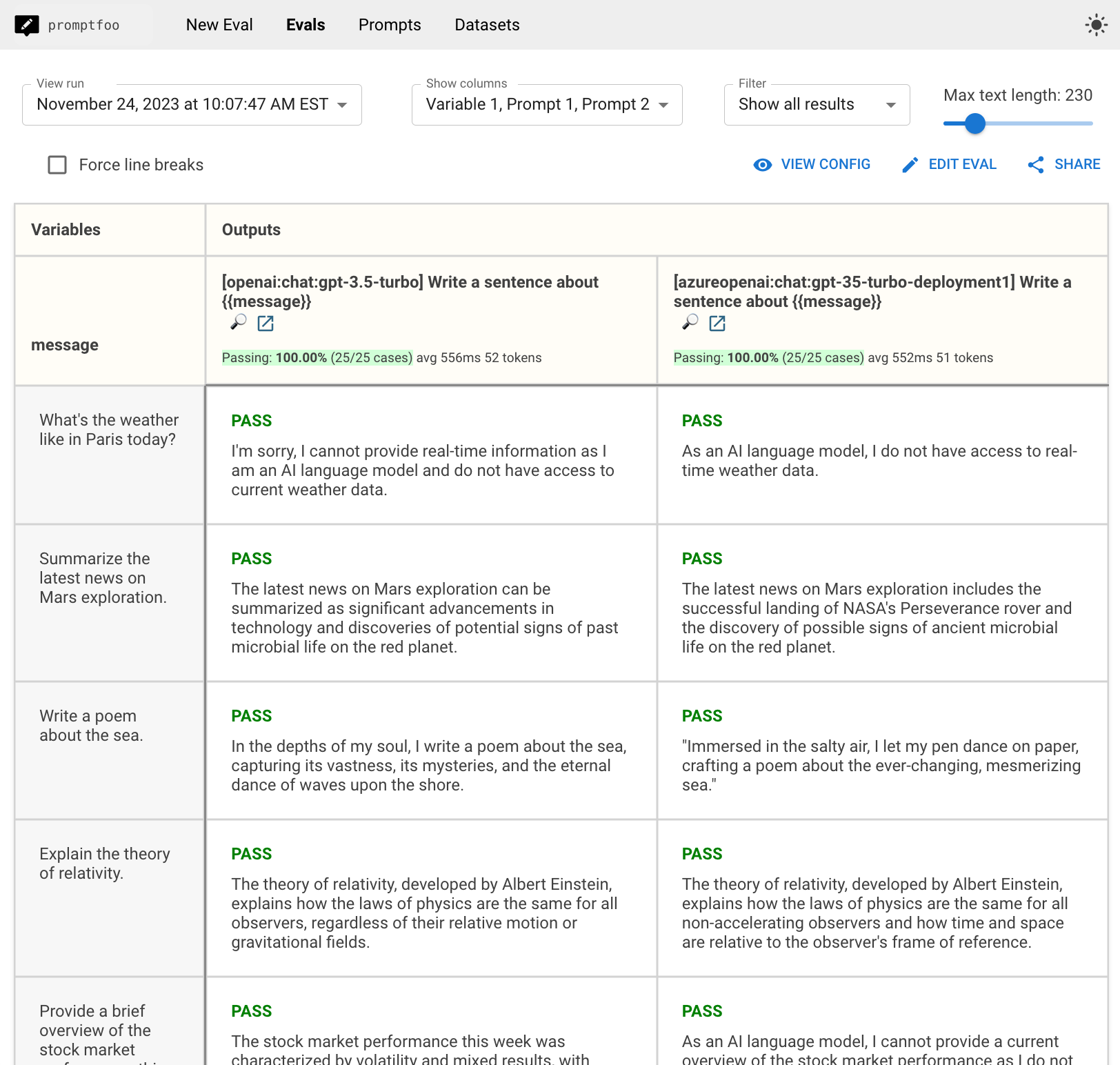What is Azure Openai? - Vantage 365
Azure OpenAI is a powerful service created through a strategic partnership between Microsoft and OpenAI. It brings OpenAI’s advanced Artificial Intelligence models to Microsoft’s cloud platform, helping developers and businesses create smarter applications, improve workflows, and explore new possibilities in technology. Azure OpenAI is a set of AI services that makes it easy to leverage natural language algorithms on data without being an expert in math, data science, or machine learning.
Partnership between Microsoft and OpenAI
This partnership between Microsoft Azure Cloud, a top cloud platform, and OpenAI, a leading AI research group, gives developers tools to add smart features to their apps without writing complicated code. Getting started with Azure OpenAI is simple. First, create an Azure account and request access to the Azure OpenAI Service. Once approved, set up a new Azure OpenAI resource, sort out network security, and add optional tags to stay organized. Deployment is quick and handled through the Azure OpenAI Studio, a simple platform for creating deployments and picking models that suit your needs.
Key Differences between OpenAI and Azure OpenAI
Knowing the differences between OpenAI and Azure OpenAI can help you choose the right AI tools for your business goals. Each platform has its own strengths, offering different levels of accessibility, security, and support for businesses. Here are five key things to think about:
- OpenAI is an independent organization focused on creating advanced AI models. Through its partnership with OpenAI, Microsoft brings these AI tools to Azure’s enterprise cloud.
- Azure OpenAI provides access to its models for testing and exploration, while Azure OpenAI is designed for businesses and requires a Microsoft Enterprise agreement.
- Azure OpenAI has flexible pricing but is only available in certain regions, which could impact global scalability.
- OpenAI’s public API prioritizes data protection but may have used some submissions for model training before March 2023.
- Azure OpenAI offers secure, isolated data storage and tools tailored for businesses needing robust privacy controls.


Integration with Microsoft Tools
Azure OpenAI works smoothly with Microsoft’s tools like Power BI and Azure Cognitive Services, delivering great performance and low wait times. Its business-focused support system offers 24/7 help and service-level agreements (SLAs), giving it an edge over OpenAI’s more limited support options.
Helpful Tips When Using Azure OpenAI
Once you’ve deployed a model in Azure OpenAI, patience is the game. It might have a few hiccups at first, so give it a moment to settle. If the glitches stick around, try refreshing the page now and then. Make sure your search index is set up correctly to use semantic search features with Azure AI Search. Choose a suitable region for Azure OpenAI and Azure AI Search. Keep in mind that Azure OpenAI isn’t available everywhere yet. Go for at least the Basic SKU when setting up Azure AI Search to keep things running smoothly. If you’re using Bring Your Own Data with Azure AI Search, choose a search plan that suits your project.
Conclusion
Azure OpenAI brings together OpenAI’s advanced language models with Azure’s cloud services. It helps businesses build and run AI models for tasks like natural language processing, content creation, summarizing, sentiment analysis, and more. Businesses are using Azure OpenAI for a wide range of practical tasks, including creating personalized customer support responses, crafting marketing content, analyzing customer feedback with sentiment analysis, automating data entry and reporting, and improving decision-making with AI-driven insights.
Integrating AI into your data workflows keeps things flexible, fast, and efficient.




















